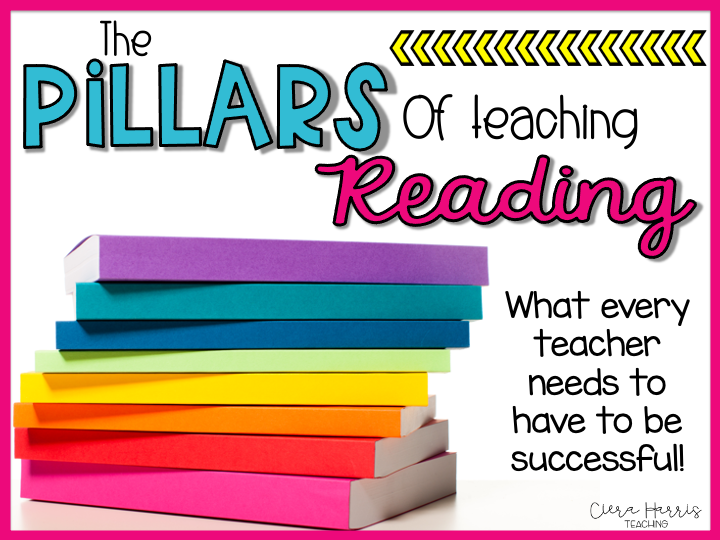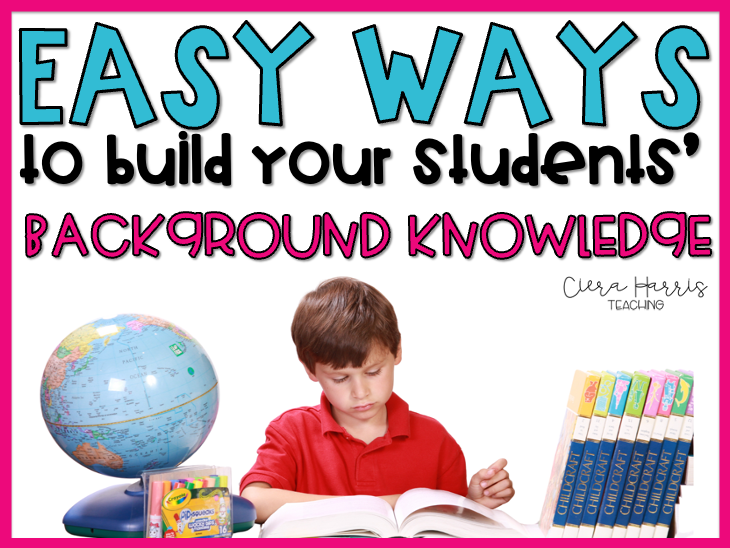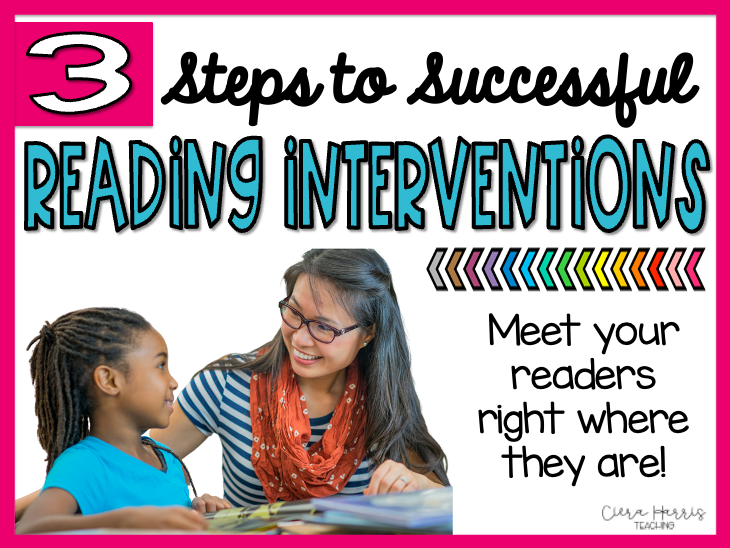Have you ever stopped to think about what the core pillars of your reading instruction are? What are your nonnegotiables? The pieces of your instructional practice that you won’t ever teach without? These are the pillars that help make you and your students succeed. So what would yours be? I’m happy to share mine and explain each of them below!

Want to watch the video instead? Check it out below! Make sure to subscribe to get updates on all new content!
Core Reading Pillar #1: Relationships
It’s been said and said again. And here I am repeating it. Yes, relationships matter! But how does this become one of the core reading pillars and how are they connected? In my “Getting to Know Your Readers” post, I talk all about the importance of knowing who your readers are. By building this relationship with your readers, you are establishing not only a personal connection with the student but also a literacy connection. Knowing your students helps you to suggest books that the student may be interested in. It also allows you to get to know their schema. Understanding what students do and do not have in their schema helps you make better decisions on what to read in class, how much discussion to take place prior to reading, and so much more!
Having solid relationships with your readers also opens students up to be more vulnerable. Reading is a vulnerable act. It’s not black and white. Reading takes courage, openness, exploration, and risk. If your students feel safe with you and trust you because of the relationship you have built with them, they will feel more comfortable taking risks when reading. They will be okay when they don’t know an answer or make a mistake.
#2: Independent Reading Time
 If I could go back in time and help out beginning teacher Mrs. Harris, this would probably be one of the first changes I have her make. Independent reading time is a staple in any successful reading classroom. It is a complete non-negotiable. Research shows us that independent reading time is the #1 factor in a student’s success. Students MUST have time to read and practice reading without the added pressure of questions to answer, graphic organizers to fill in, or even a reading log to turn in. We need to just let the students read!
If I could go back in time and help out beginning teacher Mrs. Harris, this would probably be one of the first changes I have her make. Independent reading time is a staple in any successful reading classroom. It is a complete non-negotiable. Research shows us that independent reading time is the #1 factor in a student’s success. Students MUST have time to read and practice reading without the added pressure of questions to answer, graphic organizers to fill in, or even a reading log to turn in. We need to just let the students read!
Not only do the benefits for the students outshine any other type of research that is out there, but there are also so many benefits for the teacher as well. During this independent reading time, we can be getting to know our students, even more, each day. Listening to them read, just to listen. No agenda. Finding out what books students are gravitating more to. Are they excited to read the book they have chosen and if not, why? Having a true ‘book talk’ one-on-one with a student can be so powerful, but it is hard to find the time. Ensuring that independent reading time is a priority every single day can take a classroom from almost to beyond.
Core Reading Pillar #3: The Gradual Release of Responsibility
Before you skip this section and roll your eyes at me, hear me out! I will never teach another way ever again. Yes, I know that there are many people who say the ‘I do, we do, you do’ method is dead, but let me explain why it’s not, especially in reading! Reading is a closed-off process. When we read, we typically read alone and in our heads. It’s not the social experience that we sometimes make it out to be in the classroom. It’s a private, one-man show. That is the true reading experience that we all want our students striving for. So what does this have to do with the gradual release model?
The gradual release model helps us to ensure that our students are getting a glimpse into the mind of their teacher. This is done during the ‘I do’ portion of the lesson. Here, the teacher models for the students what is happening deep inside his/her brain to show students a specific process in reading. This is the most important part of the gradual release. This gives students a chance to see what their brains should and shouldn’t be doing when they read. The teachers are not just telling them, they are showing them. After the ‘I do’ the students get to practice this thinking with guidance from the teacher during the ‘We do’. Finally, the students practice independently in the ‘You do’. This entire process helps the students mimic the reading behaviors, thinking patterns, and metacognitive skills required to be a successful reader.
#4: Engagement
It’s hard to teach reading, especially comprehension. If engagement isn’t a focal point when lesson planning, then it’s easy to get bogged down in a mundane routine that lacks spice. Keeping

students engaged at all times needs to be something that the teacher purposefully plans for. But how do we do that outside of our district mandates and curriculum expectations?
It’s important for teachers to have engagement strategies up their sleeve in a time of need. These are strategies that you can apply to any lesson to help get all students talking, collaborating, thinking, and most importantly, engaged in the lesson! I have shared three of my favorite engagement strategies for you to try out! And if you love those, make sure to also check out my engagement strategies resource on Teachers Pay Teachers! It has over 60 different strategies that are perfect for ANY grade and ANY lesson! You can also find tons of them online by taking the time to research and read!
Again, having these engagement strategies at your fingertips and using them to ensure all students are collectively engaged and contributing to the lesson is important for any successful reading classroom. Would you consider this one of your core reading pillars?
Core Reading Pillar #5: Data
Here’s a question I like to ask teachers. If you do a lesson and you don’t take data from that lesson to know how your students did/are doing with the standard/objective, then why did you even teach the lesson? The data is like the ‘proof’ that the lesson was taught. It’s information for you to know how and where to go next. A lesson without data is like a cake with no eggs – YUK!
There are two ways data needs to be used in every lesson. 1 – Data needs to be used PRIOR to the lesson. Using data before the lesson ensures that specific lesson entities such as grouping, questioning, and scaffolding are provided where and when they are needed. 2 – Data needs to be gathered at the END of every lesson. This can be done in the simple form of an exit ticket with one simple question. You need some form of evidence or proof of the students’ learning from that lesson. How are they doing with the objective you just taught? If you don’t know (beyond the qualitative data in your mind that you HOPE to remember) then that lesson isn’t going to help you move forward faster.
Having data as one of the core reading pillars ensures that I keep the students’ progress at the heart of my lesson planning. Using different types of data, data at different times, and for a variety of purposes helps to ensure that my students are always at the heartbeat of the classroom.
What would you consider core pillars in your classroom? Do they need to be the same as mine? Nope! Should you know your core pillars? Absolutely! If you want to save this post for later, please pin the image below!





